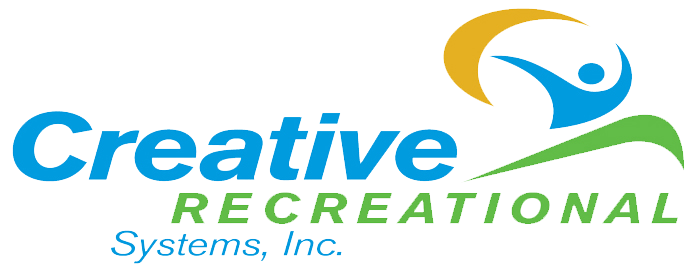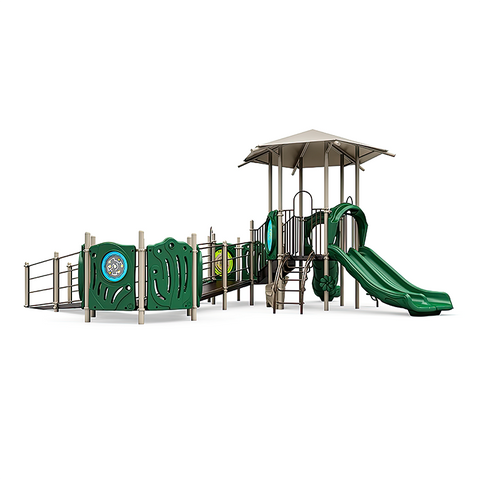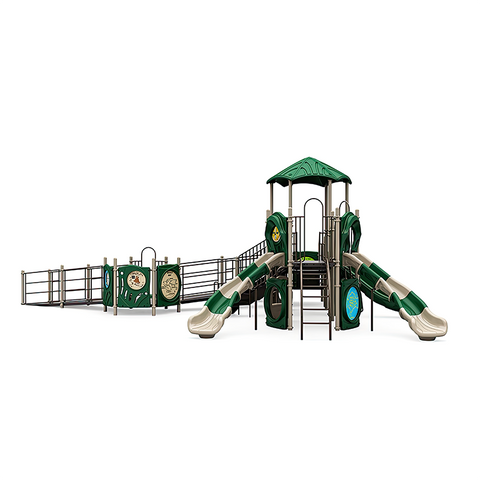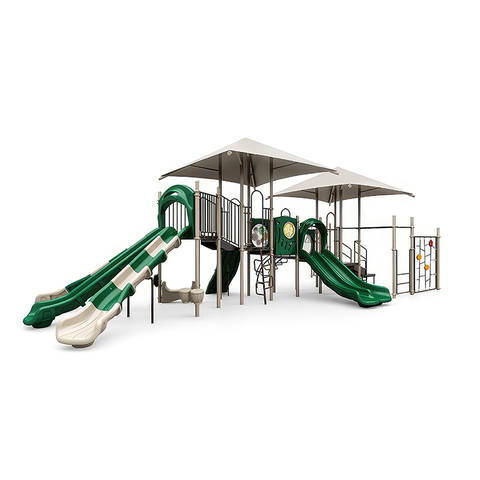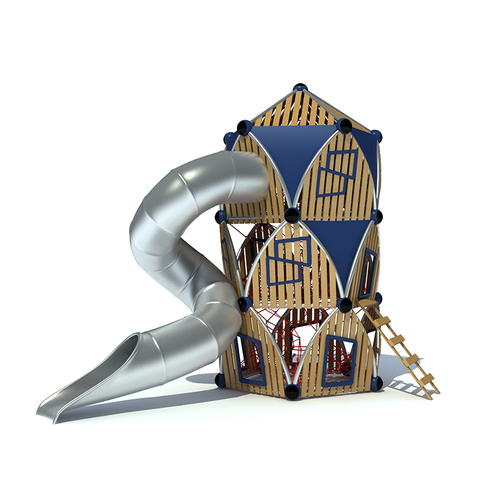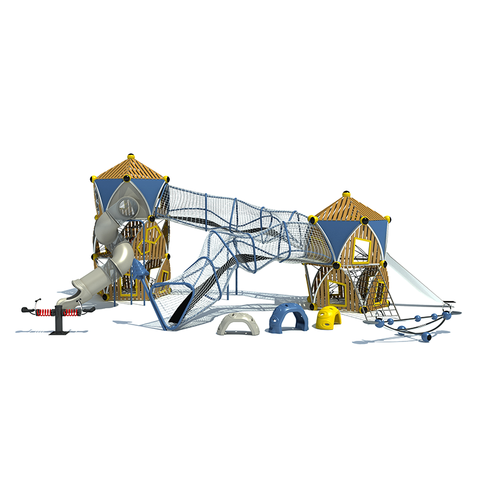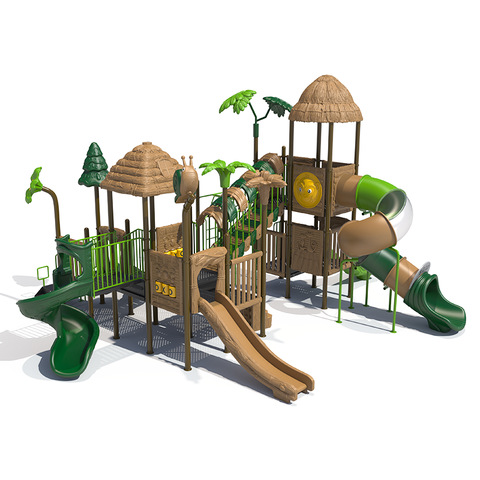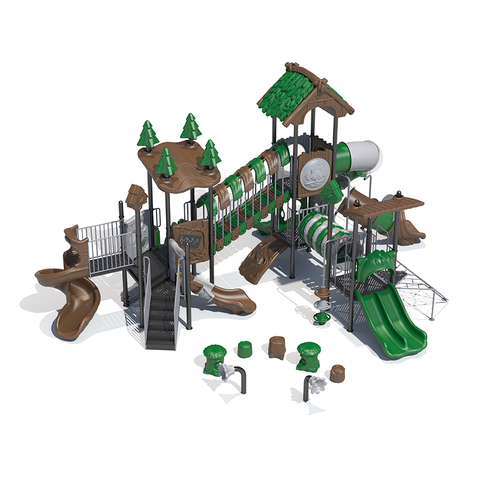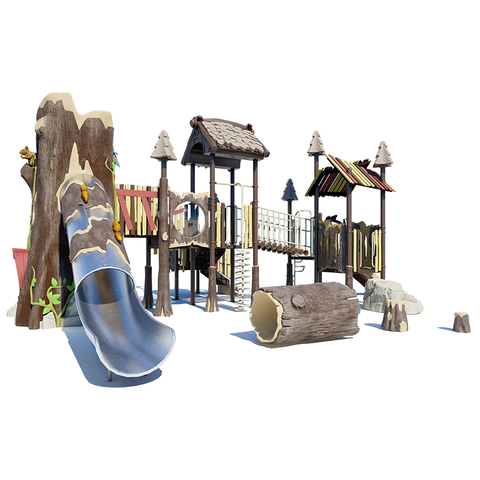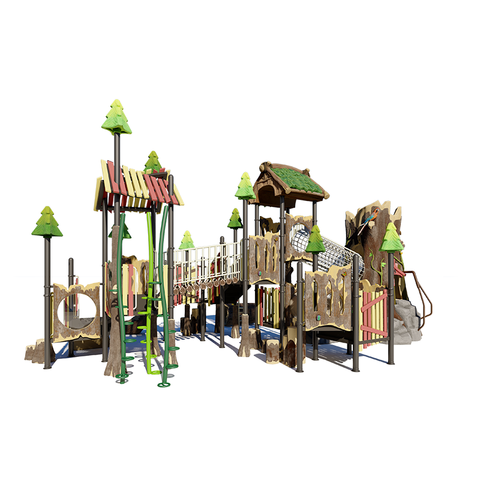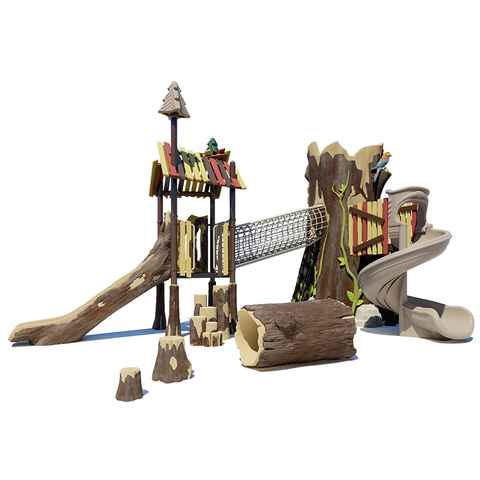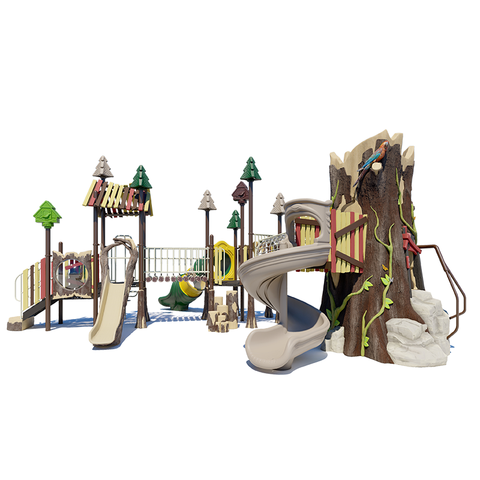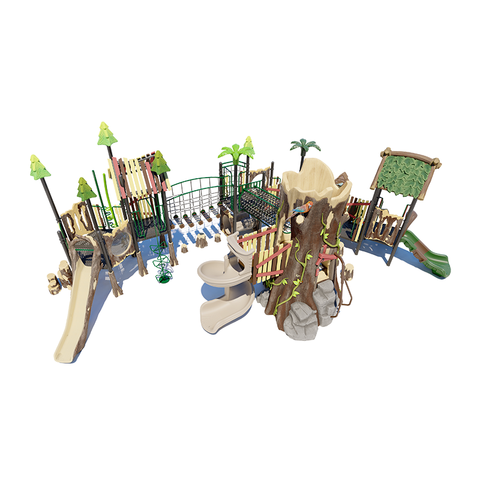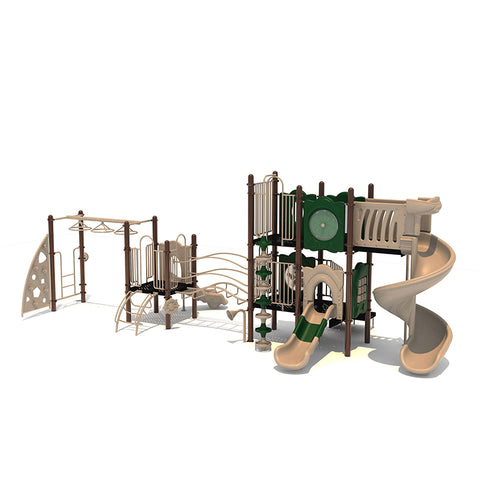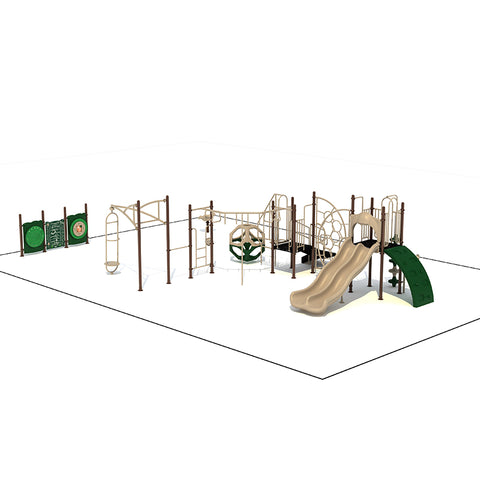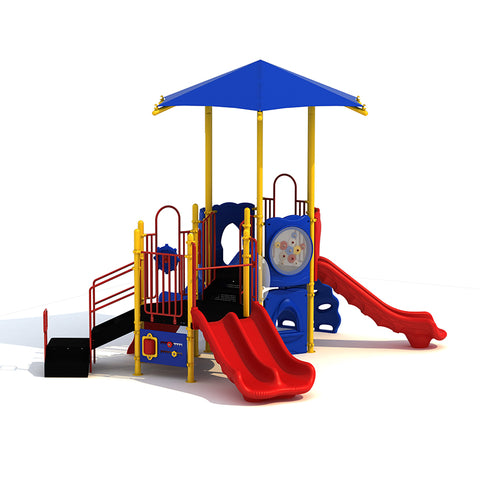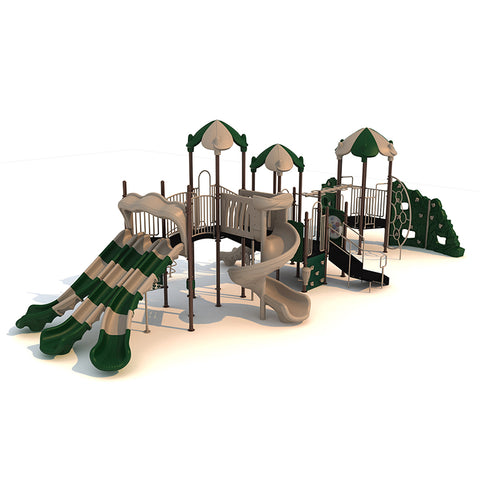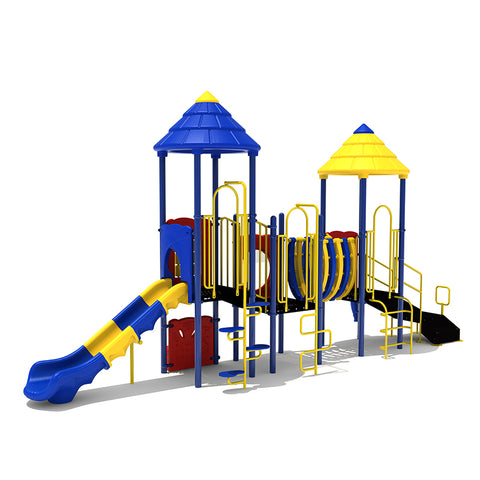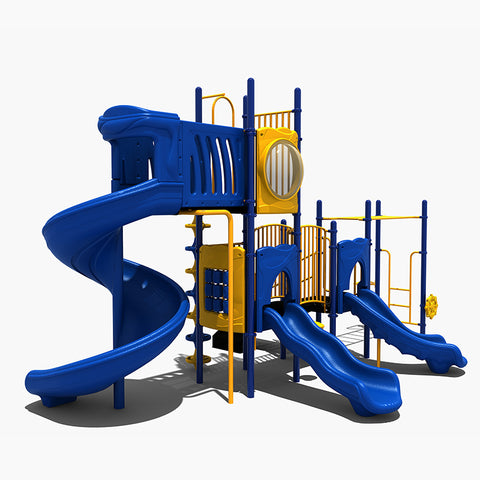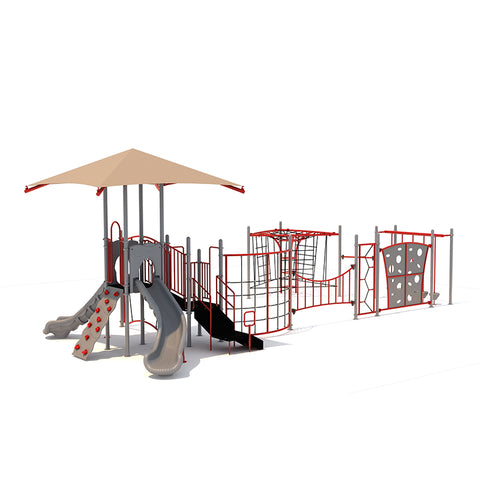Commercial Playgrounds for Religious Organizations
Commercial playground equipment has become a vital asset for religious organizations, offering tailored solutions that align with their community-building and spiritual missions. These spaces serve as hubs for physical activity, social connection, and moral development while reinforcing the values of inclusivity and fellowship. Below, we explore the key features and benefits of modern playground systems designed for churches, temples, mosques, and other faith-based institutions.

Key Features of Commercial Playground Equipment
Safety and Compliance
Modern playgrounds prioritize safety with equipment that meets or exceeds CPSC, ASTM, and ADA guidelines. Features like low fall heights (e.g., 5–8 feet for school-aged children), rounded edges, and impact-absorbing surfaces minimize injury risks. Durable materials such as cedar wood and powder-coated steel ensure longevity, even in high-traffic settings.
Inclusive Design
Many systems now incorporate universal accessibility, with ramps, sensory panels, and adaptive swings like the Expression Swing for caregivers and children to interact face-to-face.
Customization and Themes
Religious organizations can integrate faith-based themes into playgrounds, such as Noah’s Ark-inspired structures or panels featuring Bible verses.
Low-Maintenance Materials
Cedarwood, stainless steel, and UV-resistant plastics reduce upkeep costs while withstanding harsh weather. For example, cedar’s natural resistance to rot and splintering makes it ideal for long-term use.
Benefits for Religious Organizations
Strengthening Community Ties
Playgrounds foster intergenerational connections by providing a shared space for worshipers of all ages. They encourage fellowship during outdoor picnics, Sunday school, and summer camps. These spaces help churches grow their base of younger members by appealing to families seeking engaging environments.Promoting Health and Development
- Physical Fitness: Climbing structures, swings, and fitness trails combat sedentary lifestyles, addressing childhood obesity and improving motor skills.
- Social Skills: Cooperative play teaches patience, empathy, and conflict resolution—values aligned with religious teachings.
- Cognitive Growth: Interactive panels and themed play scenarios (e.g., acting out Bible stories) blend spiritual lessons with creative learning.
Enhancing Outreach and Visibility
A well-designed playground acts as a community beacon, attracting non-members through visible, family-friendly amenities. Churches in areas lacking public parks become vital recreational hubs, fostering goodwill and outreach opportunities.Supporting Youth Programs
Playgrounds serve as dynamic venues for youth groups, VBS programs, and after-school care.Planning and Installation Considerations
- Assess Needs: Determine if the space will be used for daycare programs, youth ministries, or general community use. Multi-age structures (e.g., 2–12 years) maximize versatility in limited spaces.
- Funding Options: Grants from nonprofits, government programs, and corporate sponsorships can offset costs.
- Design Integration: To accommodate events, shaded seating, picnic tables, and ADA pathways should be included. Themed elements, like scripture-etched signs, reinforce spiritual messaging.
